Pixel 6 Vs 6 Pro: Hands-On With 7 Key Differences
The Google Pixel 6 Pro and the Google Pixel 6 represent Google's best attempt to make a unique pair of Android smartphones. They epitomize the way the newest version of Android should be presented and can best be shown on top-tier hardware. But why two phones? Why not just one masterpiece? Today we're taking a peek at the details – deciding which of the two you should probably choose if you're looking for the best phone – or the phone that's best in value.
Display Shape, Size, Tech
The Google Pixel 6 Pro has a curved-edge 6.7-inch LTPO OLED display with QHD+ 1440 x 3120 pixels (512 ppi) and a variable refresh rate that can reach up to 120Hz. The Google Pixel 6 has a 6.4-inch flat OLED display with FHD+ 1080 x 2400 pixels (411 ppi) with a variable refresh rate that reaches up to 90Hz.
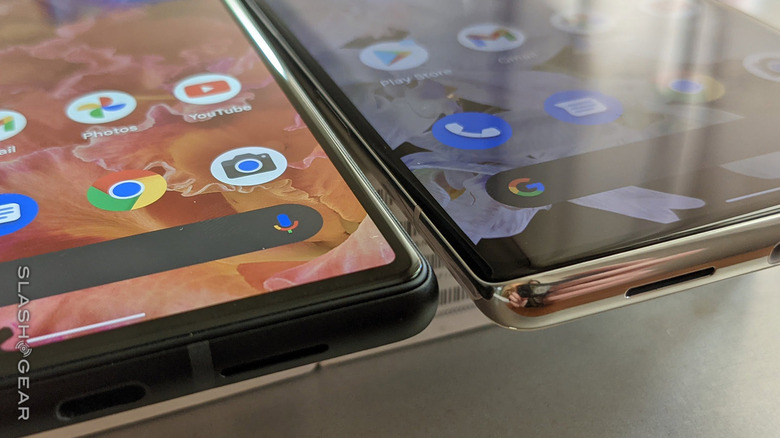
If you DO NOT enjoy the sides of the smartphone's display to cascade off the left and right, the Google Pixel 6 Pro is not for you. Both devices are extremely slippery due to their reinforced glass exteriors. They're certainly best handled with protective cases. Below you'll see the devices in a set of Google's own-branded Pixel cases. Can you tell which phone is which?
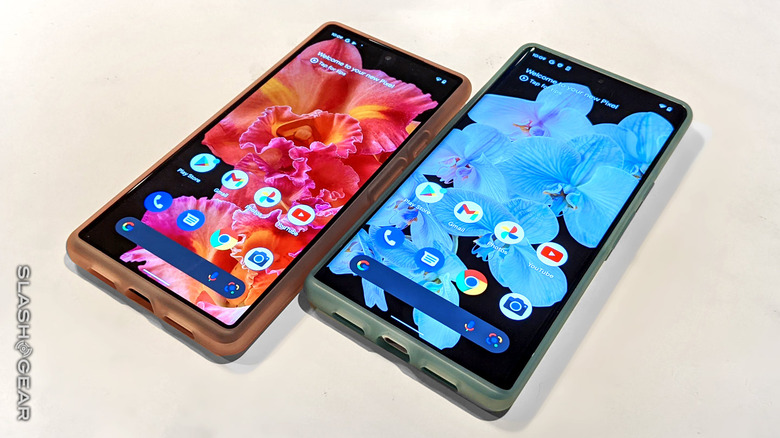
Software Updates
Both devices have 5 years of security updates guaranteed. That does not mean they're working with 5 years of Android updates guaranteed – but it's highly likely they'll be getting major Android updates for at least the next 3 years. We'll see more on Google's guarantees there, soon.
Processor and RAM
Both devices have the same processor inside. The difference in processing potential comes in RAM, which is indeed different depending on the device. The Pixel 6 will be available with 8GB LPDDR5 RAM, while the Pixel 6 Pro has 12GB LPDDR5 RAM. Both devices have UFS 3.1 storage, and both have 128 and 256GB internal storage size options – the Pro also has a 512GB option.
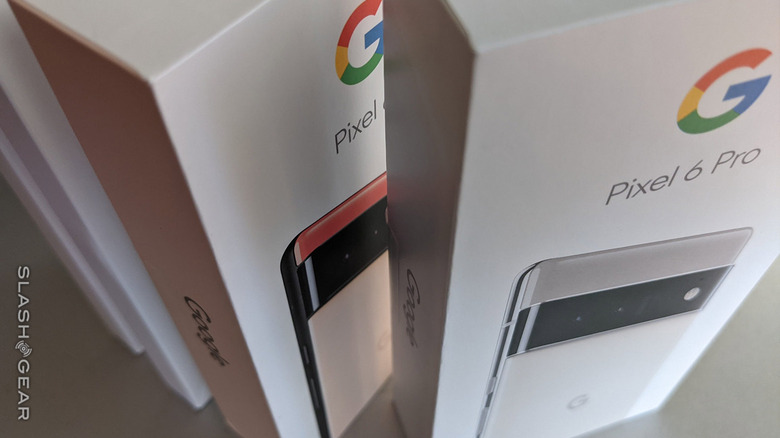
Cameras back and front
Both machines have the same main and secondary cameras. The difference comes in the Pro's additional 48MP telephoto camera. Because of this, the Pixel 6 Pro has 4x optical zoom and "Super Res Zoom" up to 20x. The Pixel 6 has 2x optical zoom and 7x Super Res Zoom.
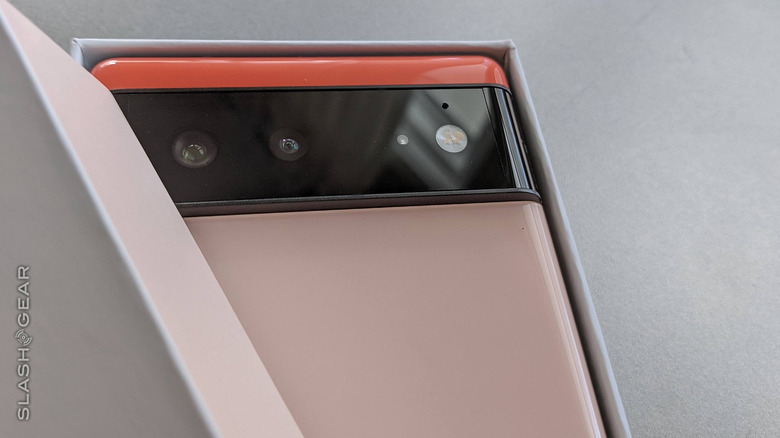
The front-facing cameras are entirely different. The Pixel 6 has an 8MP front-facing camera with f/2.0 aperture and an 84-degree field of view. The Pixel 6 Pro has an 11.1MP front-facing camera with f/2.2 aperture and a 94-degree field of view.
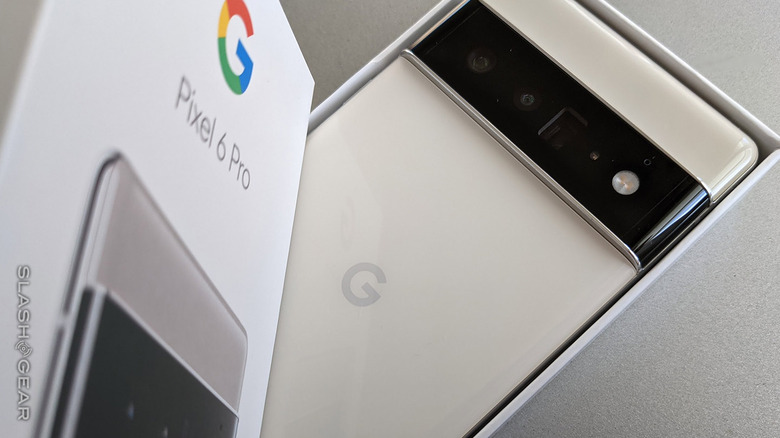
5G coverage and Ultra-Wideband
Both machines have 5G coverage – and you'll want to make certain you're checking with your carrier of choice to make certain you're getting the coverage you need, as always. Both can work with mmWave (ultra wideband 5G),
The Pixel 6 Pro has an Ultra-Wideband chip "for accurate ranging and spatial orientation," while the Pixel 6 does not. Both devices have a standard 1-year warranty from Google. Both devices come with IP68 certification for dust and water resistance.
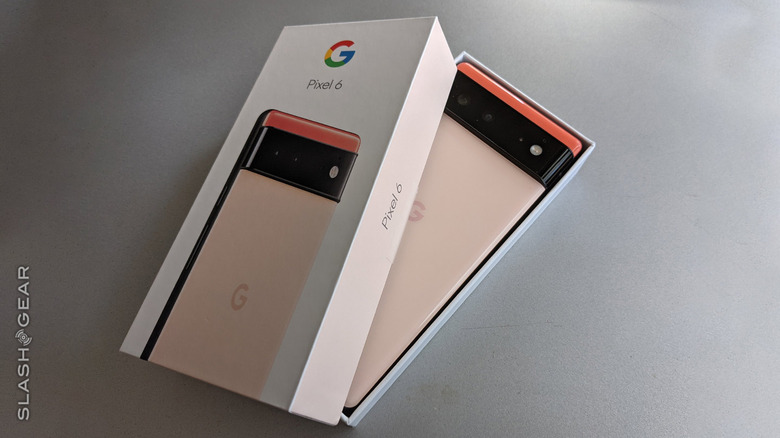
Color combinations
The colors you get might be your last concern, but they DO differ relatively significantly between the two devices. The Pixel 6 comes in Sorta Seafoam, Kinda Coral, and Stormy Black. The Pixel 6 Pro comes in Sorta Sunny, Cloudy White, and Stormy Black.
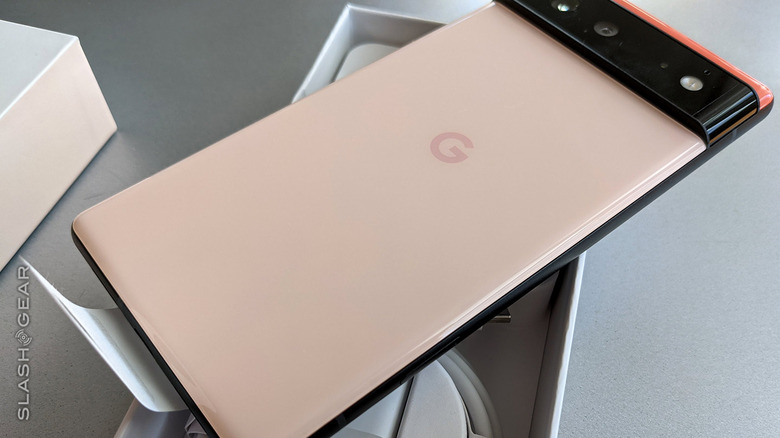
So you can get "Stormy Black" for both, but the others are unique to their device. We have a Kinda Coral Pixel 6 and a Cloudy White Pixel 6 Pro for review here, with Google Pixel brand cases (made by Google) for each.
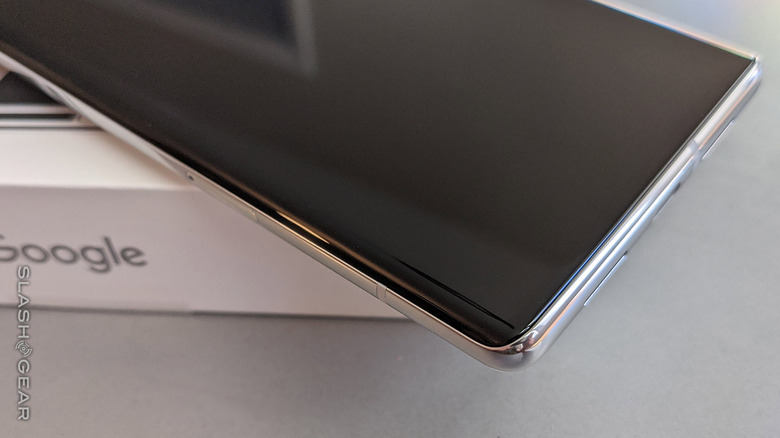
Price and release date
The Google Pixel 6 has a starting price of approximately $599 USD if purchased directly from Google. You'll also find this device available at Verizon and AT&T in the United States with per-month pricing plans. The Google Pixel 6 Pro has a starting price at $899 USD. Both devices will be released on October 28, 2021 in the United States.
We'll be giving both devices a full review here on SlashGear, and said reviews will appear in the main news feed next week! Stick around and be sure to inquire if you have any specific or off-the-wall questions you'd like answered before then!
